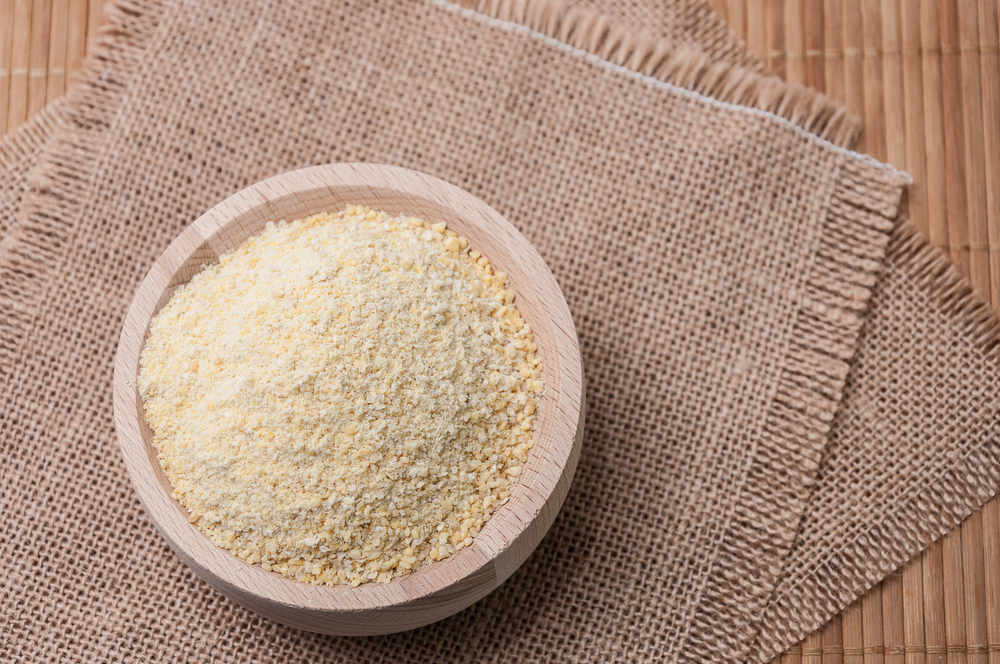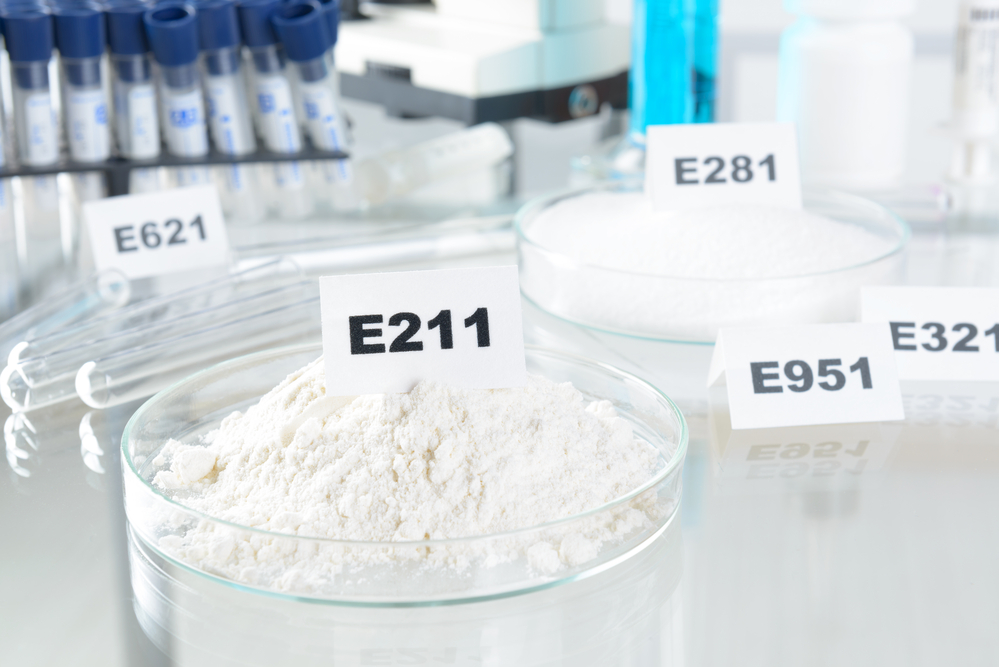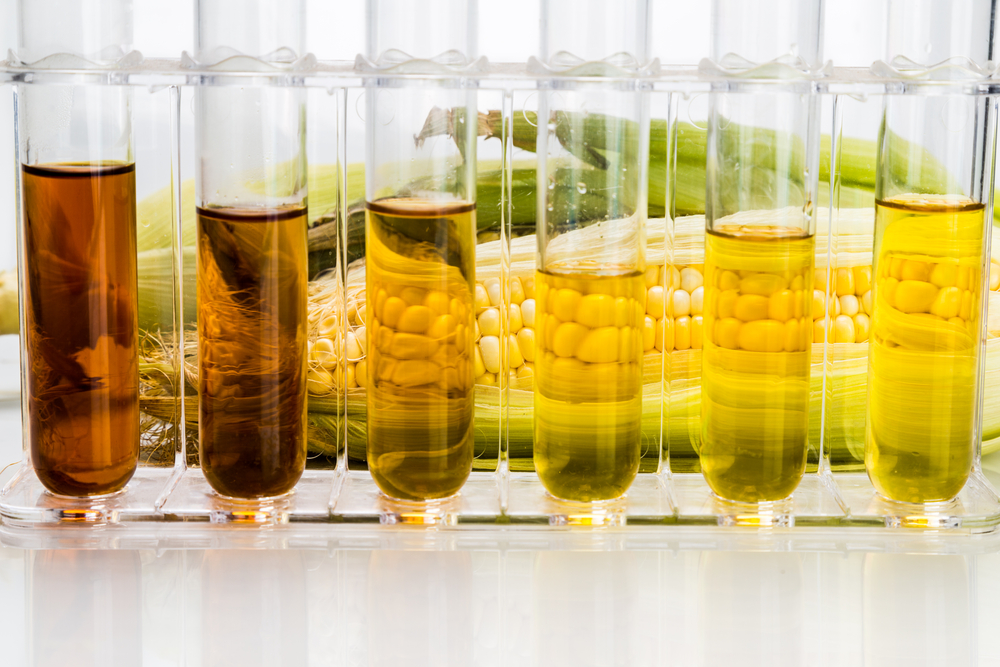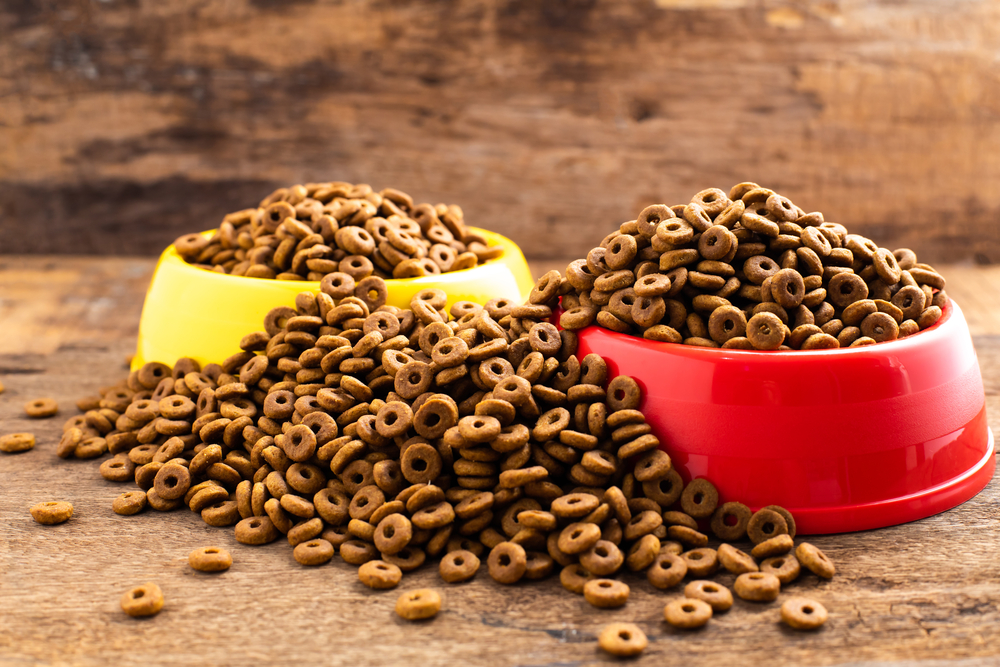Dogs are more than just pets; they’re family. As responsible pet parents, we want to provide them with the best nutrition possible. But do we really know what’s in their food?
Not all dog food ingredients are created equal. Some can even be harmful, causing everything from allergies and weight gain to more serious health problems.
Understanding what goes into your dog’s food is crucial. This article will dive into common ingredients that could be harmful to your dog, from fillers like corn to controversial additives like melamine and MSG.
I’ve broken these different “bad ingredients” into different categories to make things easier to understand. We’ll start with “fillers”.
Fillers

When examining a dog food label, fillers are often a telltale sign that the product might be cutting corners on quality. While fillers like corn, soy, and wheat are generally not dangerous in themselves, they are less nutritionally dense compared to higher-quality ingredients. Additionally, these fillers can be problematic for dogs with allergies or sensitivities.
Corn
Corn is a common ingredient found in many commercial dog foods on the cheaper end of the spectrum. It’s primarily used as a cheap filler and source of calories, particularly the brands that use it as a primary ingredient.
However, corn has a low nutritional value for dogs and can be hard for some to digest. Dogs with corn allergies may experience skin issues, itching, and gastrointestinal upset. While some recent studies claim corn in dog food isn’t a problem, it’s important to note who funded the studies. In this case, it was the “Kansas Corn Commission”, meaning there was a conflict of interest between the researchers and their funding and we should be skeptical of their findings.
Soy
Soy is another ingredient that serves as a low-cost protein source. You’ll often find it in cheaper dog food formulas since using real meats is much more expensive.
The issue with soy is that it’s a common allergen for dogs. Symptoms may include skin irritations, ear infections, and gastrointestinal problems. One study found that dogs eating poultry meal were able to better digest dietary nutrients compared to soy meal.
Wheat
Wheat is commonly used in dog food as both a filler and a binder. It helps to give kibble its shape and consistency. Wheat is an extremely cheap commodity that doesn’t offer a ton of nutritional value to dogs outside of fiber, so you’ll mostly find it in cheap dog foods.
Like corn and soy, wheat can be an allergen for some dogs. Reactions can range from skin conditions like dermatitis to gastrointestinal issues like diarrhea and vomiting.
By-products and Meals
The topic of by-products in pet foods brings out very strong opinions that sometimes border on hyperbolic. While the reality isn’t as dire as some make it out to be, it’s still worth talking about these ingredients as they usually aren’t a sign of quality dog food.
Here’s a breakdown of what by-products are and why they may be problematic.
Meat By-products
Meat by-products encompass parts of slaughtered animals other than meat. This can include organs and tissues typically not used for human consumption but can still offer nutrients for pet food. Things like bones, blood, lungs, heart, liver, hide, etc. Meat by-products can be a cost-effective way for manufacturers to increase the protein content of a pet food product without using pricier cuts of meat.
While meat by-products can provide essential nutrients, the quality can vary significantly between manufacturers since the components of the by-products can vary so greatly. Some people also have concerns about by-products coming from sick or diseased animals, but proper manufacturing processes don’t let this become a serious concern. There have been no widespread dog food recalls as a result of use of “diseased by-product” that I can find. So this is really one of those ingredients that can be beneficial to your dog’s health, but only if it’s of high quality.
Artificial Additives
In our quest to provide visually appealing, palatable, and long-lasting food for our pets, manufacturers often turn to artificial additives. While some of these might make the food seem more attractive to us (and sometimes even to our pets), they can come with potential risks.
Artificial Colors
Artificial colors are chemical compounds used to change or enhance the color of dog food. The primary purpose is to make the product more visually appealing to pet owners, assuming that a more vibrant or consistent color represents better quality or freshness.
If your dog food has kibble that isn’t some shade of tan or brown, then they’re likely using food coloring. The most common cases I see are mixing in green or red bits to represent different food groups to humans, which actually do nothing benifical for your dog.
Several concerns arise with artificial colors. Some studies have linked them to hyperactivity in children, and there’s speculation about similar effects in pets. Moreover, certain dyes may have carcinogenic properties or cause allergic reactions in sensitive dogs.
Take a look at this document about food dye risk to see what the known offenders are. Some food dyes are banned for certain human uses by the FDA, but can still be legally used in dog foods!
The simple tip is don’t buy dog food that uses food dye. There’s zero benefit and potential risk.
Artificial Flavors
To make dog food more palatable, manufacturers might use artificial flavors. These are chemical compounds designed to mimic natural flavors. These can show up on an ingredient label as “natural flavor”, “natural chicken flavor”, or some other variety.
While these flavors can make food more enticing to dogs, they hide the true quality of the ingredients. There’s no regulation or rules around what “natural flavor” or even “chicken flavor” is. It doesn’t need to contain any chicken at all to be called “chicken flavor”!
Over-reliance on artificial flavors can also deter dogs from eating whole, natural foods – similar to only feeding a child sugar-loaded candy. Some synthetic flavors can cause gastrointestinal upset or allergic reactions in sensitive dogs.
A high-quality dog food doesn’t need to rely on flavor additives to be palatable to dogs.
Artificial Preservatives

Artificial preservatives are chemicals added to dog food to extend its shelf life. These prevent spoilage and growth of harmful bacteria or mold, ensuring the product remains safe for consumption over extended periods. Common artificial preservatives include BHA (Butylated Hydroxyanisole), BHT (Butylated Hydroxytoluene), and ethoxyquin.
The use of certain artificial preservatives has raised health concerns over the years. For instance, BHA and BHT, though approved for use, have been identified as potential carcinogens.
Ethoxyquin, used in some pet foods, has been linked to liver and blood problems in certain dogs. Many pet owners now look for foods preserved with natural alternatives, like vitamin E (tocopherols) or vitamin C (ascorbic acid).
Fats and Oils
Fats and oils play an integral role in a dog’s diet, aiding in nutrient absorption, providing essential fatty acids, and serving as a primary energy source. But like all ingredients, the source and quality matter.
Animal Fats
Animal fats are typcially derived from livestock like cattle and swine. They’re commonly used in dog foods to enhance flavor and increase the food’s energy content.
The quality of these animal fats can vary significantly because when the generic term “animal fats” is used, you don’t actually know what the source is. If sourced from unhealthy animals or processed under subpar conditions, they can contain contaminants or oxidized fats. This can lead to digestive issues or, in the long term, inflammatory conditions in dogs.
Sugars and Sweeteners
Sugars and sweeteners are sometimes added to dog foods, primarily to enhance taste or mask less pleasant flavors. However, their inclusion is not without controversy, as dogs don’t require added sugars in their diets.
Corn Syrup

Corn syrup is a liquid sugar product derived from corn starch. In dog foods, it’s sometimes used as a sweetener to make the product more palatable, especially in some soft or semi-moist foods.
Frequent consumption of foods high in corn syrup can lead to weight gain and obesity in dogs. Moreover, excess sugars can impact dental health, leading to issues like dental decay and gum disease. There’s also a broader concern about feeding dogs high-glycemic ingredients that can cause rapid spikes in blood sugar.
Sucrose
Sucrose, commonly known as table sugar, is a carbohydrate derived from sugar cane or sugar beets. Its sweet taste can be appealing to dogs, making it a tempting addition to certain dog foods or treats.
Similar to corn syrup, sucrose can contribute to obesity and dental problems when consumed in large quantities. Dogs are not biologically adapted to process high amounts of sugars, and over time, a diet high in sucrose can potentially lead to metabolic issues or insulin resistance.
Additional Controversial Ingredients and Concerns
Several other ingredients have drawn attention due to concerns over their safety or potential health implications for dogs that don’t quite fit in the above categories. Here’s a closer look at some of these debated components.
Imported Ingredients
Many high quality dog foods will list what country they source ingredients from as well as where their dog food is manufactured. A big reason for this is that importing from certain countries such as China has caused pets to be seriously harmed or even killed in the past.
In 2007, Melamine was found as a contaminant in some pet foods, leading to widespread recalls.
Melamine is an industrial compound used in plastics and adhesives and wasn’t intentionally added to dog food. Certain vegetable proteins and wheat gluten were contaminated with it that were imported from China.
When ingested in large amounts, melamine can lead to kidney stones, renal failure, and even death in dogs. The 2007 incident caused the deaths of several pets, highlighting the critical importance of ingredient sourcing and quality control in pet food manufacturing.
Carrageenan
Carrageenan is a natural substance derived from red seaweed and is often used as a thickening, gelling, or stabilizing agent in various foods, including some wet dog foods.
Some in the pet food industry have raised concerns about carrageenan causing inflammation, potentially leading to gastrointestinal issues or even cancer. That being said, every study I have looked at hasn’t found the carcinagenic aspects of these rumors to be well-founded. See here and here.
I personally would not be concerned with feeding my dog carrageenan, but it shouldn’t be too difficult to avoid, either.
Monosodium Glutamate (MSG)
MSG is a flavor enhancer that’s commonly used in human food for its umami taste. While not a standard ingredient in dog food, it can sometimes be found in dog treats or foods under different names like “hydrolyzed protein” or “protein extract.”
While MSG is generally considered safe for humans, its effects on dogs are less studied. Some studies claim “MSG-toxicity” is an understated concern, while other studies have fed dogs MSG for 2 years and found no adverse effects. This leaves me believing this isn’t an ingredient pet owners need to actively eliminate from their pet’s diet altogether, but you might want to avoid making it a regular component.
Some dogs might exhibit signs of MSG sensitivity or allergy, such as itching, hives, or gastrointestinal upset. Pet owners are advised to exercise caution and monitor their dogs for any adverse reactions.
Sodium Hexametaphosphate
Sodium hexametaphosphate is a chemical used in some dog foods and treats as a dental tartar reduction agent. It can bind to calcium in saliva, preventing the formation of tartar on teeth. It’s very effective, even during relatively short timelines such as a few months.
While its anti-tartar properties can be beneficial, there are some concerns about its long-term consumption. Excessive intake can lead to mineral imbalances in the body. Additionally, some dogs might be sensitive or allergic to this compound, resulting in gastrointestinal issues.
That being said, the FDA considers it safe for human consumption. The only study I was able to find that found any concerns was feeding rats more than 10x the typical dose, at which point they did have stunted growth, swollen kidneys and a slew of other problems. If you don’t go overboard with this ingredient, you shouldn’t have these problems though.

